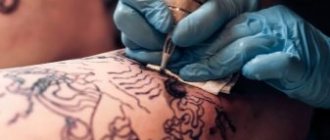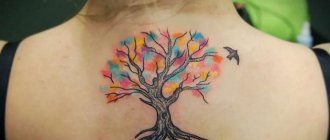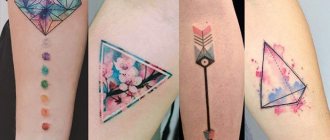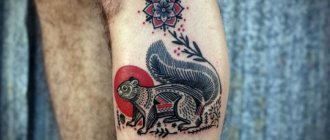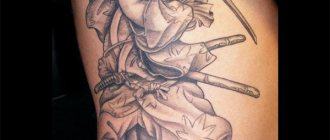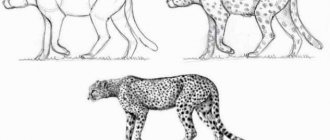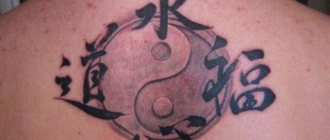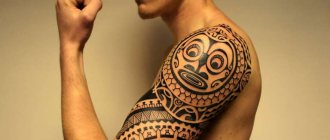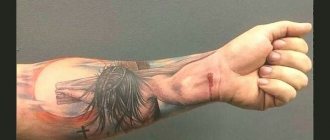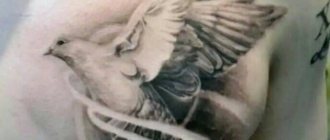History
As a definition, the word "steampunk" came from literature: it was coined by Englishman Kevin Jeter for his book "Night of the Morlocks" in 1979, just putting together "steam" - steam and "punk" - rebel.
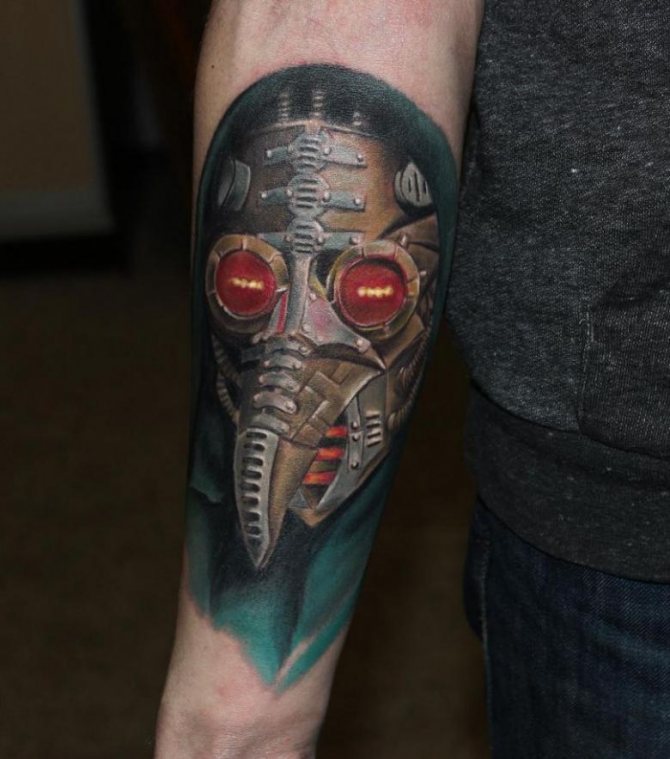
The word proved to be enduring and quickly grew to refer to an alternative world where mankind did not develop electrification and oil production, but perfected steam engines and machinery.
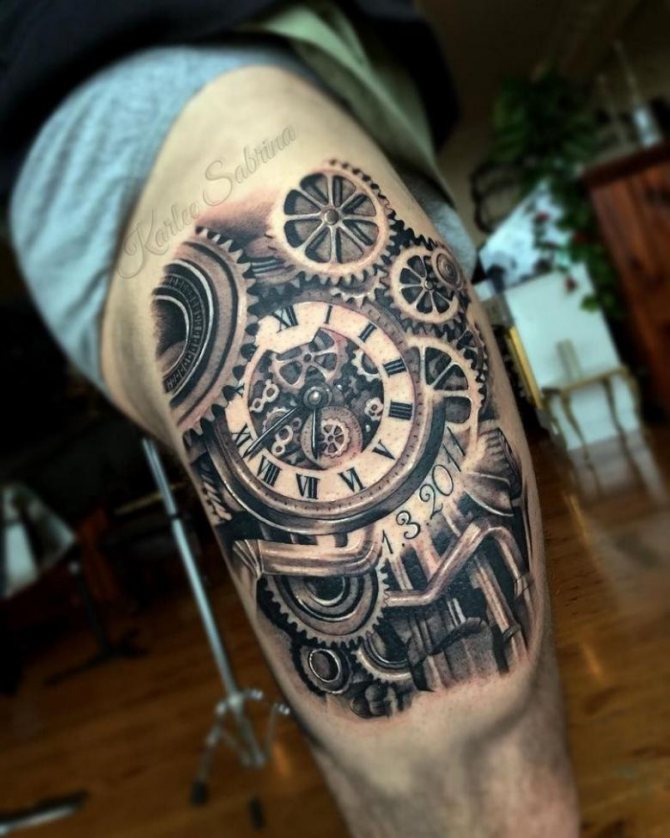

Many of the worlds beloved since childhood in the books of Jules Verne, Herbert Wells, Mark Twain (19th century) and Harry Harrison (20th century) also fell under the definition of steampunk retrospectively. They feature fantastically bizarre machines: atomic locomotives, submarines, bathyscaphes, coal-powered flying ships with folding wings.
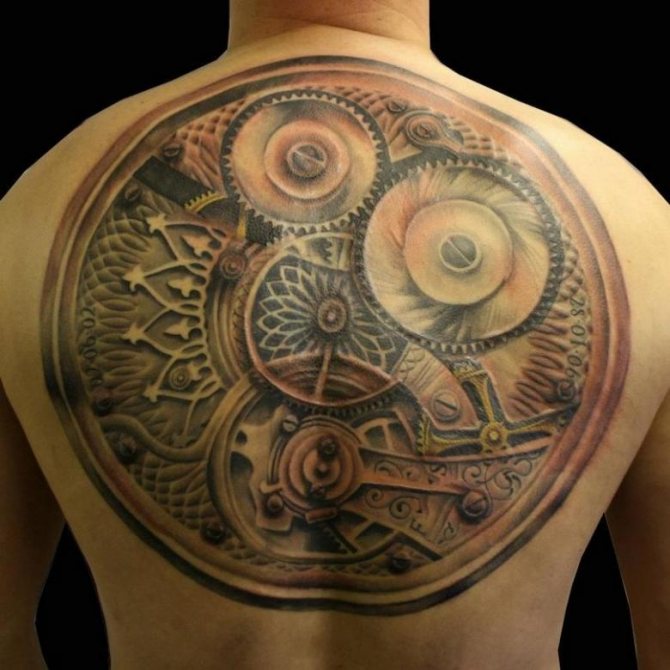

The steampunk trend is supported in comics, music, video games and movies. Remember Bekmambetov's 2009 animated film "The Ninth" or the recent "Chronicles of the Cities of Prey," 2021?


The story of emergence
The style owes its emergence primarily to science fiction writers, the famous Herbert Wells and Jules Verne.
Their ideas were picked up by twentieth-century writers such as Bruce Sterling and William Gibson, who wrote the novel The Difference Machine, whose main idea is the development of civilization bypassing electricity and the Internet through the modernization of mechanisms based on steam in the Victorian era.
The plot became very popular, the result being the emergence in culture of a style of gears and bolts, valves and other mechanical parts with an intriguing touch of antiquity.
Special popularity came to steampunk after the release of some cartoons of the great Japanese animator Hayao Miyazaki.
Steampunk penetrated into the cinema, animation, painting and sculpture - in 2007 on the island of Nantes a whole exposition of steampunk robots was opened. Not surprisingly, the style soon found its reflection in the art of tattooing.
Aesthetics
In the late 1990s, steampunk acquired the scale of a creative movement and way of life. It criticizes soulless technology and disposable plastic cheap stuff. Followers of the genre use steampunk aesthetics in everyday clothing, decor, and household items.


In 2013, based on the analysis of hundreds of thousands of blogs, online media and social networks, IBM predicted steampunk to be the main trend in retail. Either way, the trend is still relevant now that you're thinking about a steampunk tattoo.
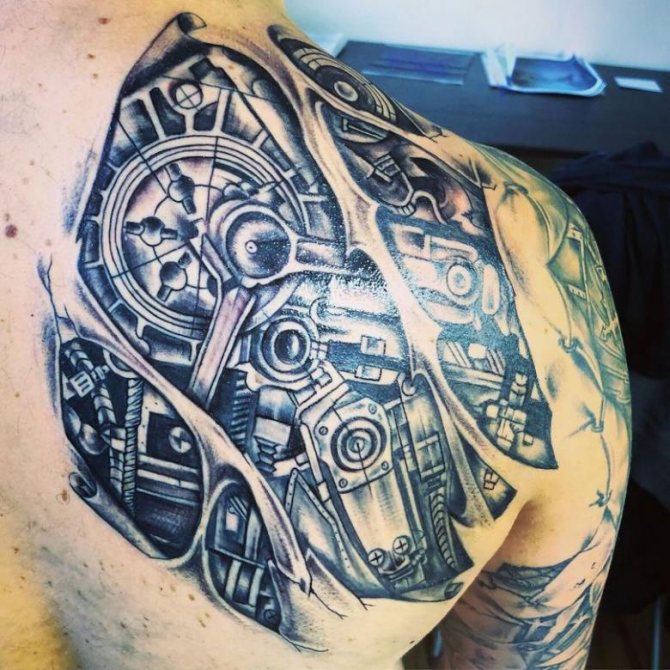

Steam punk tattoos: where did they come from and what do they look like?
The term "steam punk" came about in the twentieth century thanks to two American writers, Kevin Jeter and James Blaylock, as a parody of the "cyber punk" theme. Both of these terms implied an alternative way of developing society and the individual in general, and sought to mechanize life in all its manifestations. Thus was born a fetish for the image of mechanized bodies and not only: people began to make jewelry with mechanisms outside, as well as decorate the body with tattoos with gears.
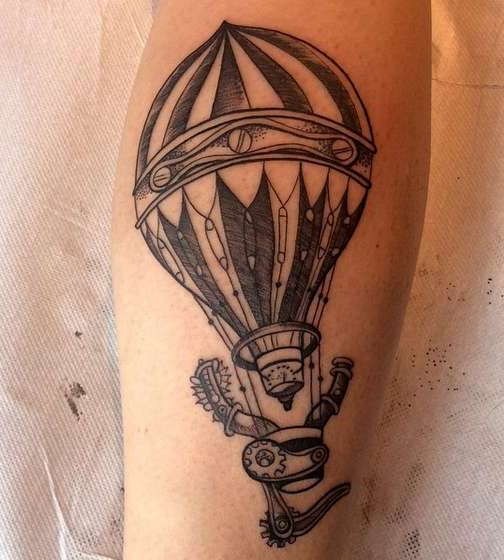

Stim punk leg tattoo
In tattoos of this style one can see all the romance of the nineteenth century with its rapidly developing progress and purposefulness. Steam punk tattoos often combine classic elements with modern mechanics, such as quill and parchment and six-pens, a whimsical mechanism on the background of a fountain pen, and more. However, steam punk has nothing to do with science: the mechanisms in the images are most often fantastic: monsters of Victorian England, made of fancy mechanisms, steam pipes and ingenious inventors with their creations.
Attributes
Elements of clothing borrowed from the English fashionistas of the Victorian era (XIX century).
For women: long Mary Poppins style dresses, corsets, hats with veils, puffed skirts with crinoline.
For men: deliberately gentlemanly suits, tails with long falsets, gaiters over boots.
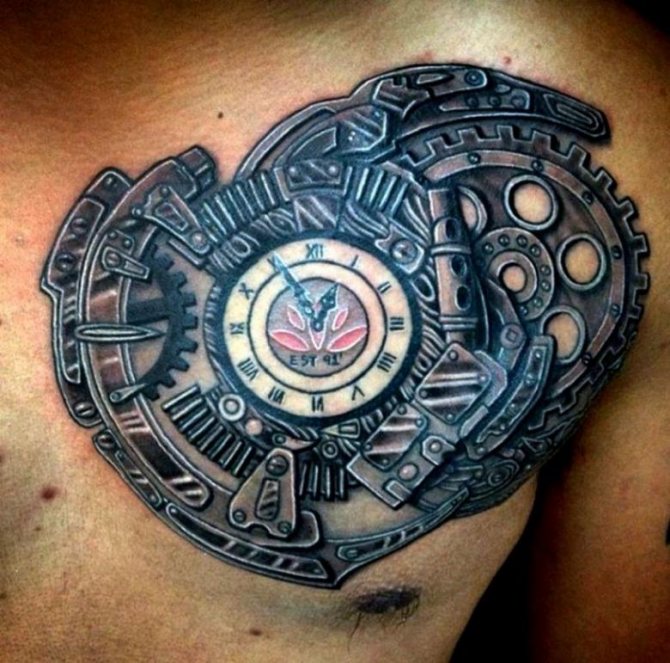

Working class clothing: overalls covered in soot, leather masks, helmets, gas masks.
Accessories: googly glasses (thick round frames), pocket watches on a chain, canes, gloves, hats - cylinders and bowler hats, smoking pipes.
Objects of modernity, on the contrary, are styled as "antiquity," as if they were not electronic, but mechanical.
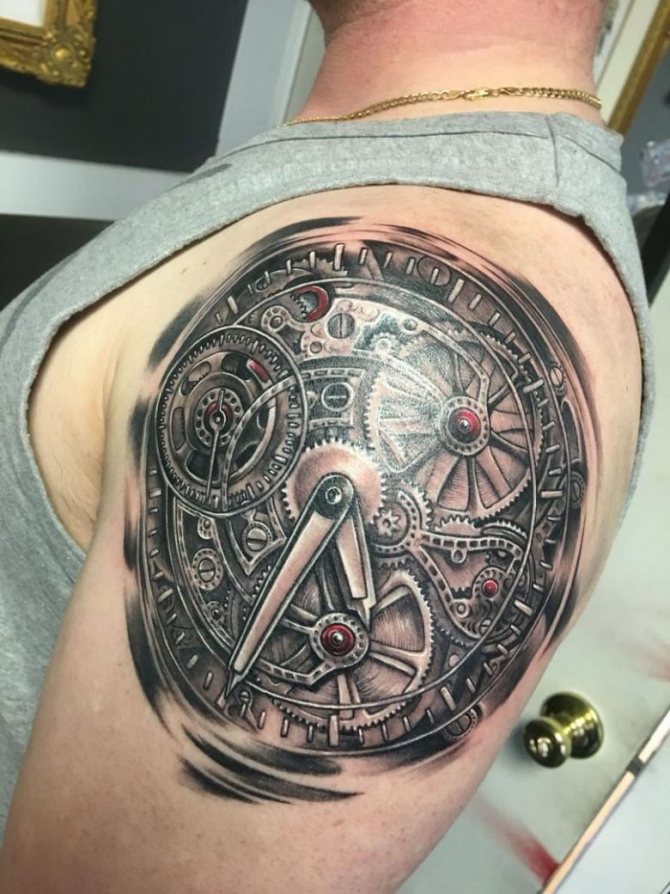

How to stylize a tattoo in steampunk
The plot of the drawing is not limited to the limits of a given style. Add to the subject tattoo signs characteristic of the steampunk and get a spectacular result:
- Mechanisms, working on the principle of a steam engine: steam engines, steam trains, airships, horse-drawn carriages, winged flying machines
- Abundance of small parts: toothed gears, screws and rivets, levers, a dense weave of pipes of different diameters, dials.
- Materials depicted:Metal, leather, natural fabrics, rarely wood. No plastic!
- Authentic prostheticsThe characters' limbs have often been replaced by parts of steam engines.
- Appearance Attributes: Clothing and accessories from the 19th century (see above).
- Techniques relevant to the Victorian era:Telephone, telegraph, typewriters, the very first incandescent lamps, and the optics of antique watchmakers.
- The first robots: Metal, chubby, and uncluttered, as described by the first science-fiction writers.
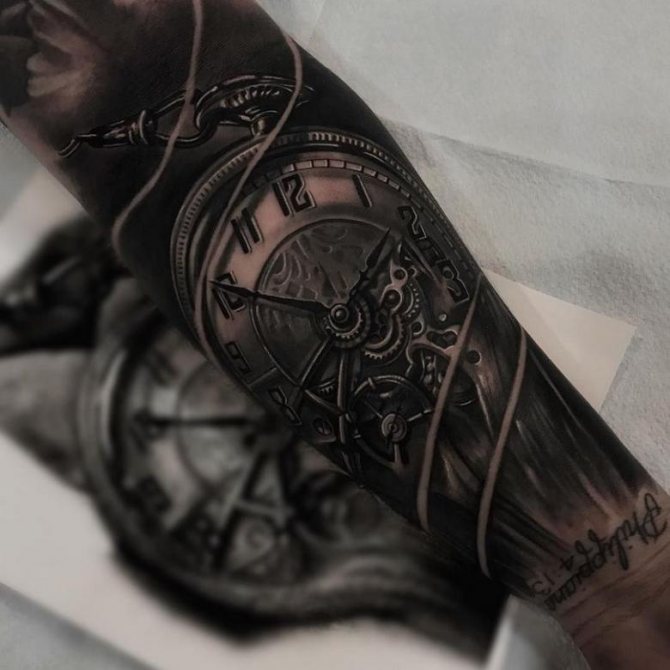

Steampunk sketches
- Sketches can be monochrome or color. Rarely b/w, as it is a cool combination. Steampunk is warm lamplight, so warm metallic shades of copper, bronze, brass predominate.
- The style is characterized by clear lines, naturalness in proportions, soft gradients in shadows and bright highlights.
- The drawings look rough and brutal, but there is an aesthetic to them.
- Initially, the sketches resemble ancient drawings, acquiring varying degrees of realism in the process of elaboration.
- When working on a sketch, feel free to mix styles: the more original the combination of elements, the more attention your new tattoo will get from those around you.
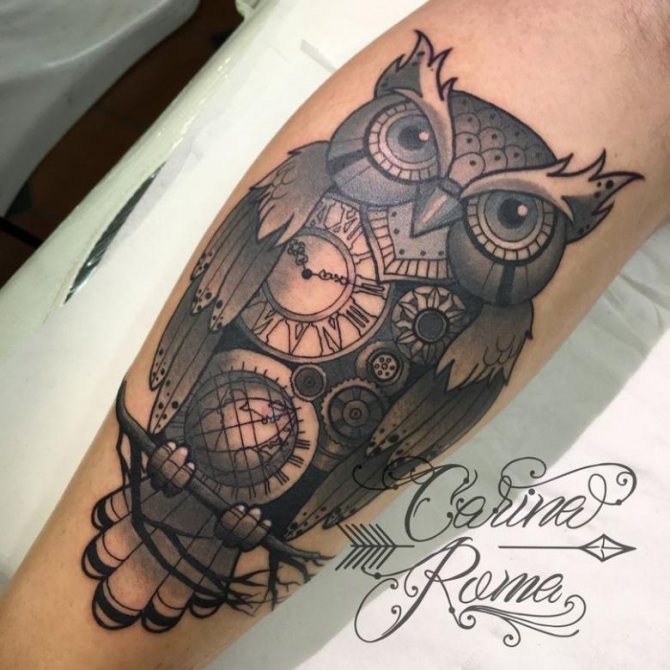

Features
The style corresponds to the English culture of the Queen Victoria era - the characters of the images wear gloves and cylinders, crinolines and tourniquets, canes and trumpets. Technical aids are also depicted with a hint of time: steam crews and mechanism-based flying vehicles. The images are gloomy and in some ways even gothic: the landscapes are overcast, dull and devoid of bright hues.
Mechanisms are the main feature of the style; they permeate the entire image. A special place is taken by the image of prosthetics based on bolts and gears.
Steampunk is a very beautiful style that requires a strong and experienced craftsman who can convey the mysterious and somber atmosphere of the Victorian era. A beginner can hardly cope with shading and conveying the natural color of the image. Clear lines and perfect proportions of the design are important.
Large-Scale Tattoos
Steampunk tattoos of a large area on the whole arm or back are usually made on biomechanics motifs: as if there are mechanical parts, dials, pipes, gears under the skin. Often it is an imitation of the lack of skin or deliberately rough cuts and tears.
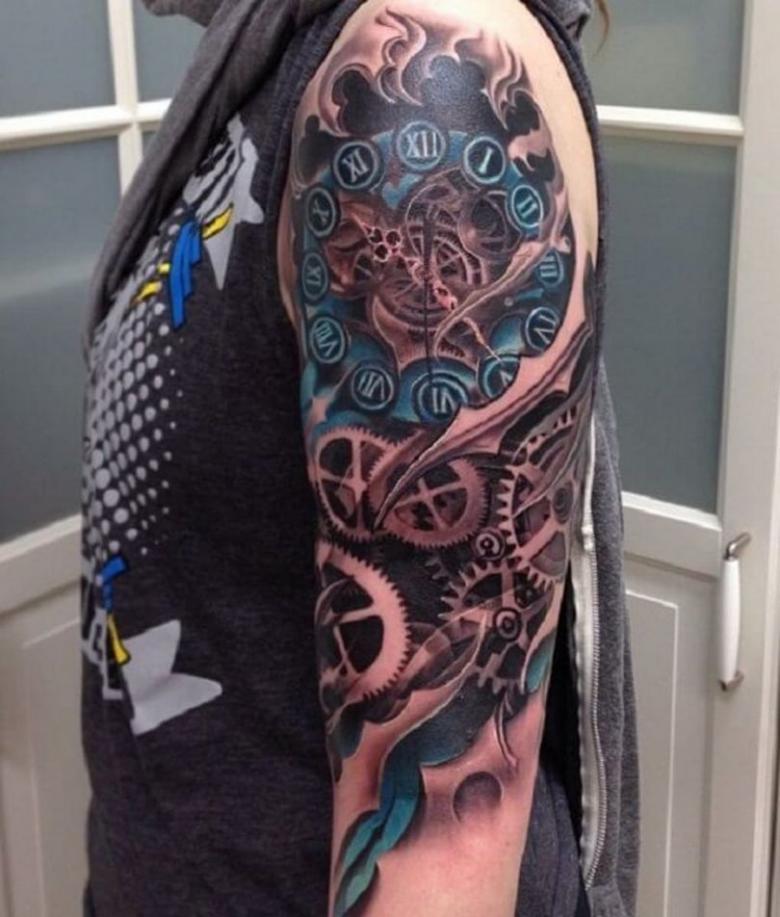

If an experienced master in a tattoo parlor works out the anatomy, the realism of the "Victorian cyborg" is off the charts: from the outside it seems that the person really has a vintage prosthetic instead of a body part. Even in the photo, without movement, it looks stunning.
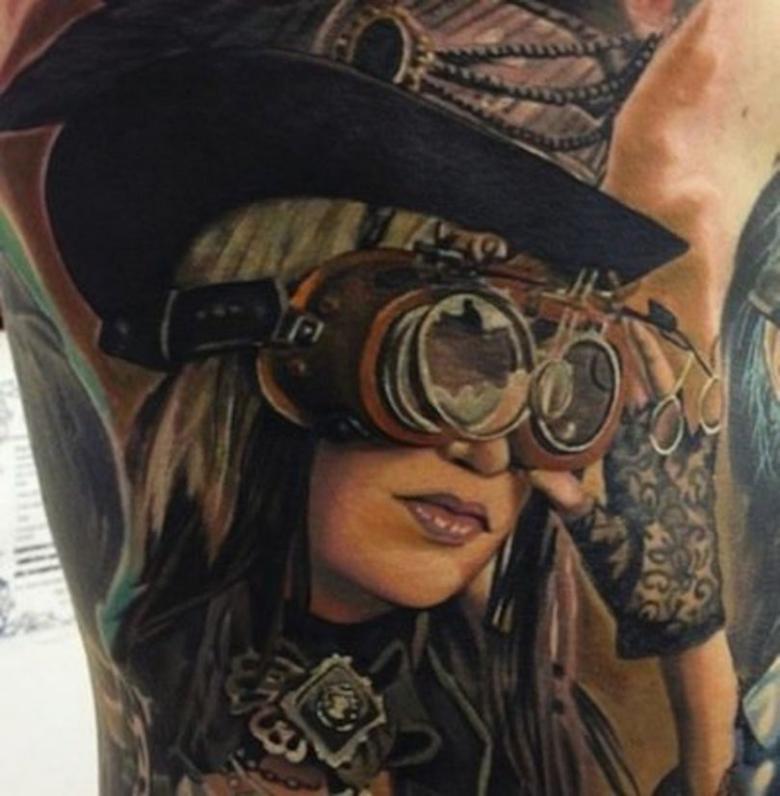

Popular places to apply it to the body
There are no principal locations for this style, as the biomechanical pattern alone looks winningly everywhere.
A peculiarity of steampunk - the size of the image does not affect the quality of the drawing, which can successfully look like a small key on a thin maiden's wrist, and as a huge mechanism covering the entire back of a large man.
If the master is good in his knowledge of anatomy and is able to draw the volume of figures, a professionally made sleeve will look especially natural static and in motion.
Of course, a large image with carefully drawn shadows, contrasts of light and shadow, lines and skin will look luxurious and unusual.
However, small neat elements like separate parts, as if implanted, or a tiny clock will give a kind of mystery and demonstrate a sense of taste.
The work of a master
Steampunk is a spectacular style: it is fantasy so convincing that it can be called realism. The master must be able to convey atmosphere and understand biomechanics.
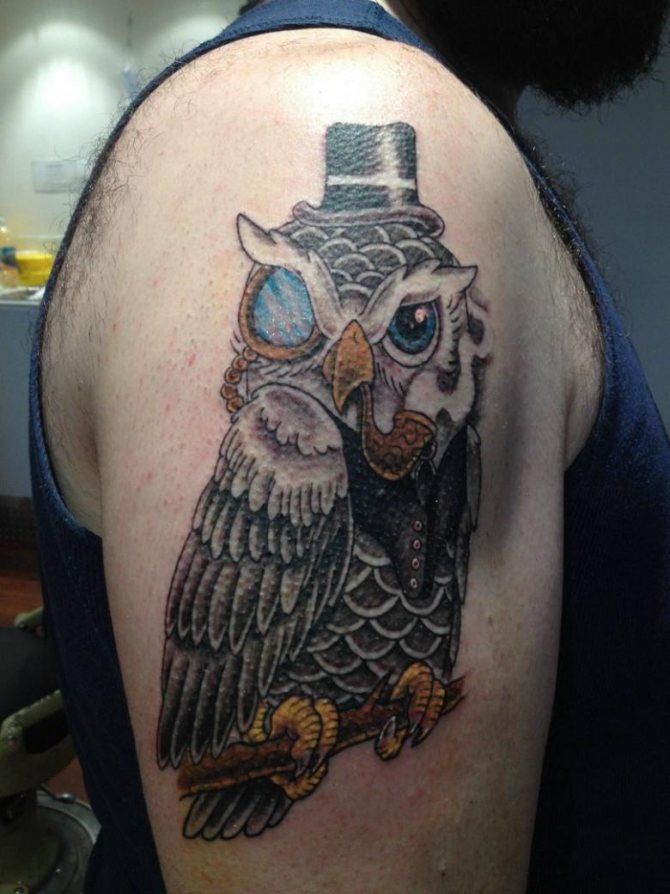

A particular challenge is the authentic execution of the textures of the materials: the oily sheen of polished metal, rust or deliberate greasiness. Only a good craftsman can cope with such a complex task.


Correct gradients, proportions and naturalness require a highly skilled tattoo artist. Beginners can screw up the work, so do not experiment on yourself, look for an experienced specialist.
